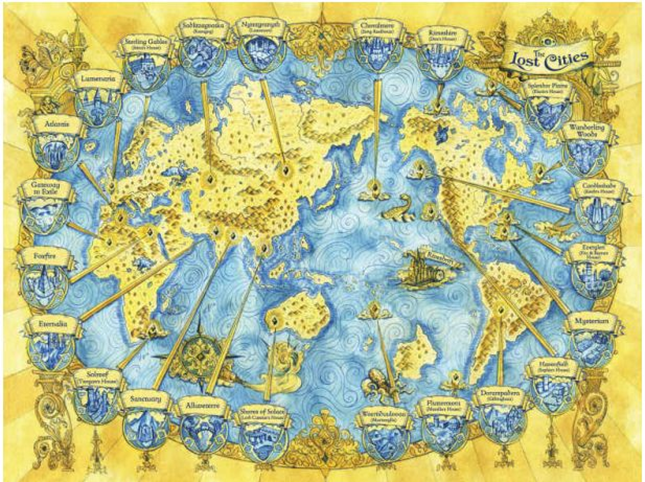In The Moonlight
In pale moonlight
the wisteria’s scent
comes from far away.
Yosa Buson
Haikus are the embodiment of being short and precise. Since they
are so short, they leave a lot of blank spaces for the reader to fill in. In
the Moonlight is definitely a more traditional Haiku, written by Yosa Buson
in the mid-17th century. You might point out that it doesn’t follow the typical
5-3-5 syllable pattern, but that is due to the translation. The reverence to
nature definitely follows typical Haiku thought. The first line is very
straightforward, and similar to many older Haikus, and sets a setting in nature
for the next two lines. As a reader, you already start to associate other
senses, such as a serene silence just from the idea of a pale moon. The second
line adds in smell, the flowery scent of the hanging lavender plant, native to
Japan. We have been given some concrete visualization, and also as typical of
Haiku poems, the last line opens it up for deep metaphorical interpretation.
The smell, coming from far away creates a sense of longing for whatever it is
in the distance, and adding in the moonlight makes it more wistful. You
immediately get this atmosphere, just from a quick read. Usually flowers are
associated with spring, the movement from the cold depressing winter to the
warmer more peaceful times, the blossoms of wisterias initiating this change.
The scent of warmth and a new beginning comes from far away, creating hope that
it will soon reach the protagonist. It is there, just a little bit out of
reach, but coming. In the pale moonlight also implies that in this darkness,
there is just enough light to illuminate and make the world visible. However,
you still have to discern your surroundings by looking at this pale light that
is in everything, reminding you to be mindful and aware of the light and
goodness in the world around you, even with all of this darkness around you. As
long as you continue to stay mindful, at peace, underneath the pale moonlight
you will be able to appreciate this, and find the balance between longing for
something better and amplifying the goodness around you.
Or I just took ten words somebody wrote three hundred years ago
and made up some nonsense. That's what is so amazing about Haiku’s. I very much
doubt Yosa Buson was focused on trying to tell people from the twenty-first
century that there’s goodness in the world around you. For all we know, the
author spent one minute and just wrote whatever was first in his mind, knowing
the readers would try to make it meaningful. With Haikus, you can literally
take ten words and get five hundred out of it. But it doesn’t matter what the
author's intentions were. The audience can make it mean whatever they
subconsciously want it or need it to mean.
-Eve Anderson


EVE! I love this! You pointed out the complexity of haikus so well, and now I have such a deeper understanding of what they might entail. I also love how you described that you can interpret anything from a haiku. While it's just 10 words written 300 years ago, haikus can describe and detail so much. As you talked about in your post, in this specific haiku, the author could be describing a literal wisteria, or the poem could be a metaphor for positivity; you can make so much of haikus, and I think it is so amazing that you did your post about this. This was such a creative idea, and I look forward to reading more haikus in the future :)
ReplyDeleteThis blog post is amazing! I love how you explored the complexity of haikus and the different ways poetry can be interpreted by people. This book sounds so interesting!
ReplyDeleteAmazing post Eve! I loved reading about your thoughts on Yosa Buson’s haiku, “Deer in the Moonlight”; it was so thorough. Haiku’s do make people contemplate. It is interesting how 10 words could convey so much meaning! I wonder what goes on in Buson's mind as they write poetry to see their initial interpretations.
ReplyDeleteExcellent job with this review. I really like how you talk about more than just the book but in a way that still relates to the book. I also like the way you analyze the small details from the book to say as much as you can about it. Great job👍
ReplyDelete